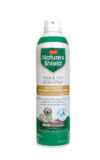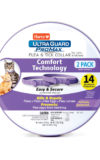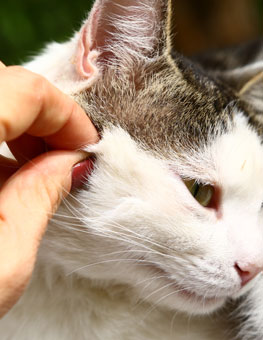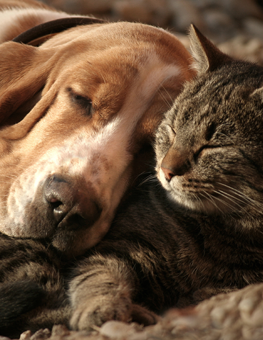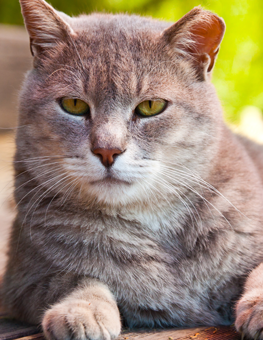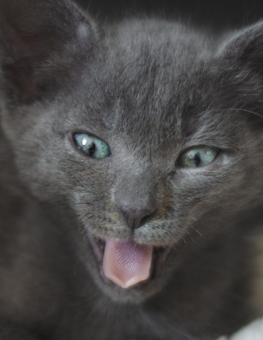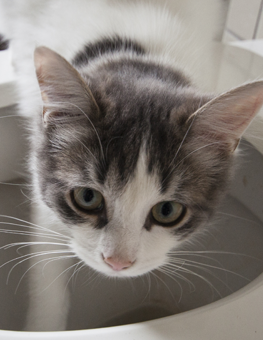How Fast Do Fleas Reproduce? And How Can I Stop the Cycle?
No matter what time of year it is, flea prevention and treatment should be a priority for your pet. Most people think about flea prevention when it comes to their dogs, but did you know that it is equally important for cats as well?

Fleas thrive nestled in the fur of warm-blooded animals.
Fleas typically jump from one animal to another and may travel indoors via clothes and shoes and infest your pet, even if your cat never goes outside. No one likes to think about it, but these little bugs can even come inside our homes through window screens and cracks in the floor or walls. And believe it or not, fleas can jump vertically up to seven inches and horizontally up to thirteen inches!
These tiny brown wingless parasites thrive nestled in the fur of warm-blooded animals, the perfect environment to hide and feed on blood. Although they do bite people from time to time, our furless bodies are not the ideal environments for these annoying critters. Fleas are very capable of spreading disease and should be taken seriously if discovered on your pet or inside your home.
How Fast Do Fleas Reproduce?
- In just 30 days, 10 female fleas can multiply to over a quarter million new fleas in different life stages.
- Female fleas start producing eggs within 24 to 48 hours after taking their first blood meal and can lay up to 50 eggs per day.
- Optimum conditions for flea larvae are 65-80 ºF with shaded areas and high humidity.
- Flea pupae can lie dormant for many months or can change into adult fleas in as few as five days.
- Flea larvae tend to be resistant to most insecticides. Thus, the real challenge is removing all the flea eggs from your home – not necessarily killing the adult fleas.
How Do I Stop the Cycle?
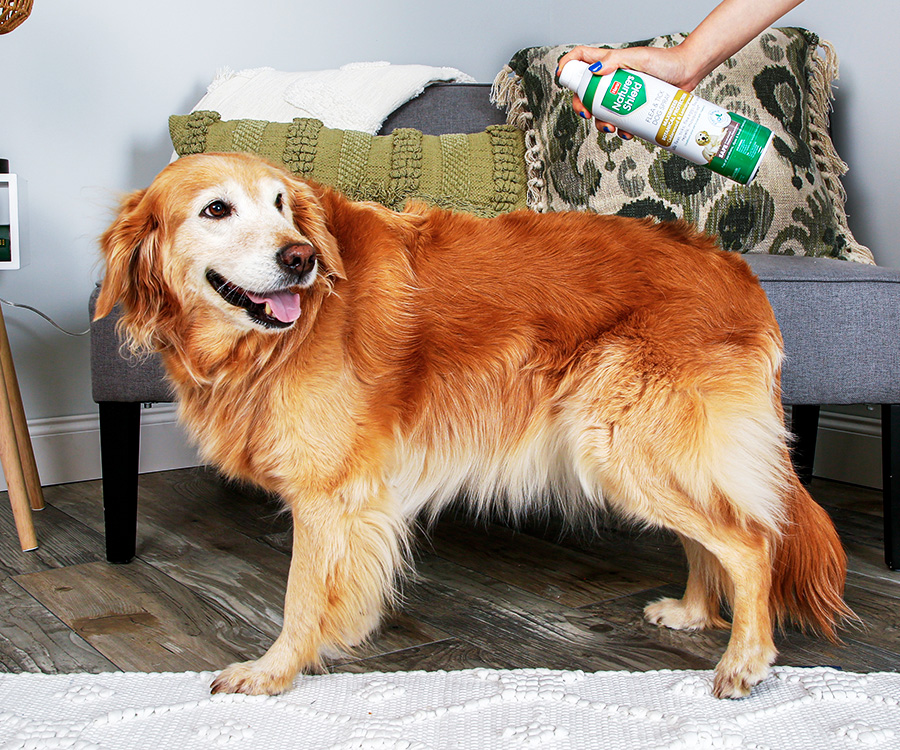
Natural sprays will not require you to leave your home during treatment.
- Thoroughly wash all bedding and blankets in your home that may be host to flea larvae and eggs.
- Vacuum often! Diatomaceous earth sprinkled on your carpet prior to vacuuming can help to kill any fleas that get vacuumed up, as well. After vacuuming, make sure to remove bag and put it in trash or clean the dirt cartridge.
- Remove all humans and animals (cover aquariums) from your home before using a bug bomb or insecticide spray in your home.
- Natural home sprays are also available as an alternative to conventional insecticide sprays and will not require you to leave your home during treatment.
- Remember that flea larvae can be resistant to these methods. If you start to spot fleas again, it may simply be the next cycle. Repeat, and call a pest control professional if necessary.
What About My Pet?
You can stop fleas from reproducing before they start by applying a preventive to your pets on a regular basis. Did you know that Hartz carries all different types of flea prevention and treatment products for your dogs and cats? Let’s compare some of the Hartz UltraGuard options available.
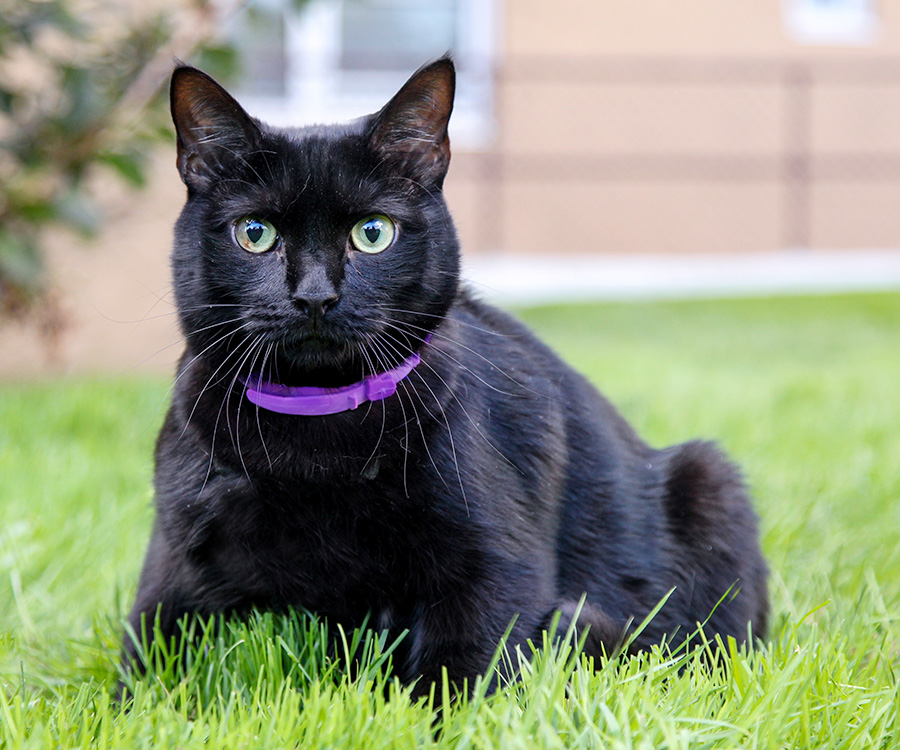
Some cat collars can work on flea eggs and larvae.
- Flea collars are a good option for the busy pet owner who would prefer not to give their pet monthly flea treatments. Simply place the Hartz UltraGuard flea and tick collar around your pet’s neck and enjoy flea and tick prevention for up to 7 months with certain collars. These collars both repel and kill fleas and ticks and are water-resistant. Cat collars feature a breakaway safety snap, if it were to get caught on something. Some come with an insect growth regulator, so they even work on flea eggs and larvae! This option is available for both dogs and cats.
- Topical flea treatment drops are another very popular option. These drops come in an easy-to-use applicator. Simply part your pet’s hair at the nape of his neck and squeeze out the drops directly onto the skin. They’re good for 30 days! Not only do these drops kill flea eggs, flea larvae, adult fleas, and adult ticks, they also repel mosquitoes.
- Sprays and shampoos kill fleas and ticks on contact. These are great options for treatment if you have an active flea infestation. Most Hartz sprays and shampoos are able to be used on a weekly basis for prevention as well. Sprays and shampoos make sense to apply when you know you’ve exposed your pet to an area where there is a high risk of picking up fleas or ticks – like a hike through a heavily wooded area.
Whatever form you choose, be sure to follow the instructions carefully and use a product specific made for your pet.
Want more information on fleas and ticks, how they reproduce, and how you can stop the cycle? Check out our UltraGuard brand page.



